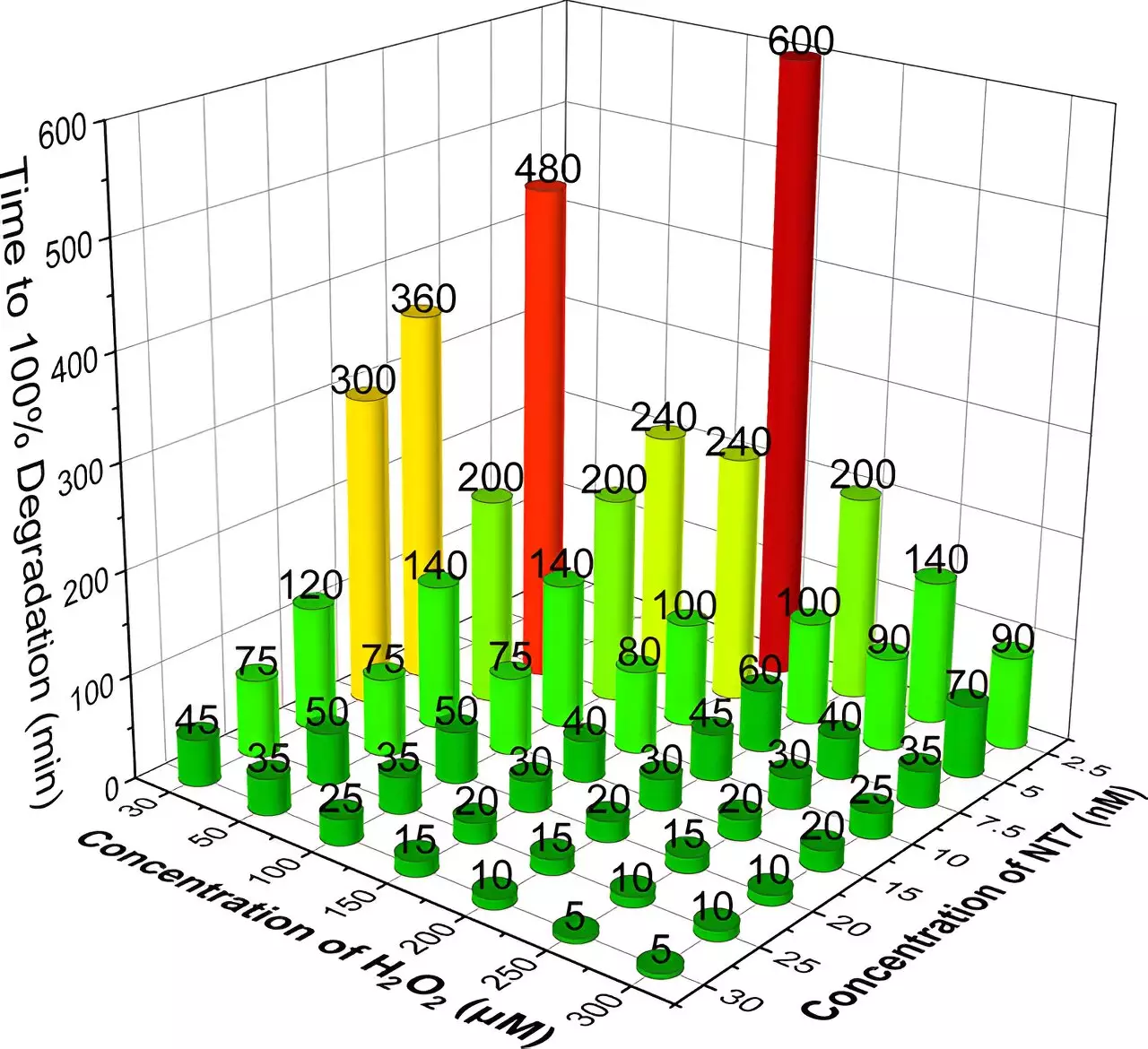As the global population continues to grow and medical advancements lead to an increase in pharmaceutical usage, the resulting environmental consequences are becoming increasingly prevalent. One major concern is the presence of pharmaceutical micropollutants, particularly antibiotics and other drugs, found in wastewater systems. These substances can permeate municipal wastewater, rivers, and lakes, entering drinking water sources and posing significant risks to both ecosystems and human health.
Recent research led by scientists at Carnegie Mellon University highlights a promising solution to this pervasive issue, utilizing a TAML (Tetra-Amido Macrocyclic Ligand) catalyst in combination with hydrogen peroxide to effectively degrade these contaminants.
TERRY COLLINS, the Teresa Heinz Professor of Green Chemistry, has spearheaded an initiative to examine the effectiveness of a novel catalyst called NewTAML in breaking down hazardous substances in water. This catalyst demonstrates a remarkable ability to activate hydrogen peroxide at exceedingly low concentrations, which is both economically and environmentally advantageous. Notably, as the concentration of the TAML catalyst is decreased, its efficacy actually increases—an unusual characteristic for chemical processes.
This unique property not only enhances the performance of the degradation process but also significantly reduces the amount of TAML and hydrogen peroxide needed, leading to lower operational costs and a more sustainable method of water treatment. The research published in the journal ACS Sustainable Chemistry and Engineering underscores the potential of this innovative approach to provide an effective and affordable method for addressing pharmaceutical contamination in water.
The study conducted by Carnegie Mellon experts examined the effectiveness of NewTAML in removing six high-priority pollutants, including four frequently prescribed antibiotics, a synthetic estrogen, and a commonly used nonsteroidal anti-inflammatory drug. The testing proceeded through a structured process, beginning with controlled laboratory experiments and gradually transitioning to more complex conditions, including chemically spiked municipal secondary wastewater and natural water samples from various environmental sources.
Over time, researchers discovered that even tiny amounts of NewTAML combined with hydrogen peroxide could degrade the drugs substantially. In tests, five of the six pharmaceuticals became non-detectable after six hours, while the remaining drug—ciprofloxacin—was reduced by an impressive 95.4%. Such results demonstrate the significant potential of this TAML-based approach to mitigate micropollutant presence effectively.
The pervasive issue of pharmaceuticals in the environment stems from various sources, which include improper disposal of unused medications and inadequate wastewater treatment processes. The U.S. Geological Survey reports that tens of thousands of prescription drugs, consumed for both human and animal health, inevitably end up in natural water bodies. Unfortunately, conventional wastewater management systems often fall short in completely removing these contaminants.
Moreover, advanced treatment technologies, such as ozonation and adsorption on activated carbon, while effective, are not always viable options for smaller communities and towns due to high costs and complexities. This gap in treatment technologies emphasizes the need for a breakthrough that is both effective and economically feasible.
What sets the TAML/peroxide method apart is its simplicity and adaptability. Collins notes that the application process requires merely the mixing of ultra-dilute TAML and hydrogen peroxide solutions with contaminated water and waiting for the active pharmaceutical compounds to degrade. This straightforward procedure not only makes it accessible for various water treatment facilities but also facilitates broader application across different regions and communities worldwide.
Furthermore, as more urban areas grapple with the challenges of pharmaceutical micropollutants, the TAML technology presents an ideal option for developing countries, where resources for advanced water treatment methods are limited. Collins’ prediction that this method could pave the way to improved water safety is pivotal for both human health and environmental preservation.
The Carnegie Mellon team plans to extend their research to field testing to assess the practical application of the TAML/peroxide method in real-world scenarios. The development of this technology has led to the creation of Sudoc, a startup company focused on bringing TAML-based solutions to market. Recent funding, including a $20 million capital raise, demonstrates a growing interest in this innovative technology and its potential impact.
As the world continues to confront the challenges posed by pharmaceutical contamination in water, the revolutionary TAML/peroxide method offers a beacon of hope. With its cost-effectiveness, environmental sustainability, and proven efficacy, this approach stands poised to revolutionize water purification, ensuring cleaner drinking water for communities around the globe.


Leave a Reply